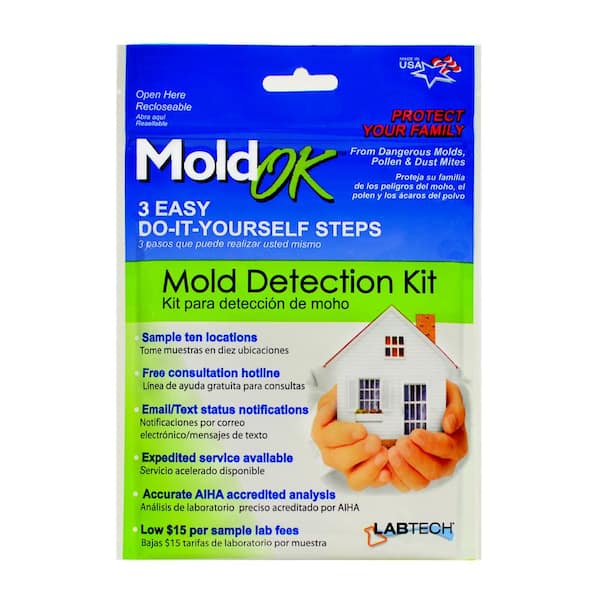Maximize Your Conformity with Trusted Mycotoxin testing Services Solutions
Maximize Your Conformity with Trusted Mycotoxin testing Services Solutions
Blog Article
The Requirement of Mycotoxin Evaluating in Agricultural Products to Make Certain Customer Safety
The necessity of mycotoxin screening in farming products is an important element of public health and wellness and security that calls for comprehensive examination. Mycotoxins, poisonous substances created by specific fungis, can infiltrate various plants, leading to significant health risks for consumers, such as carcinogenic impacts and body organ damage.
Comprehending Mycotoxins
Mycotoxins, poisonous additional metabolites produced by certain fungi, present a considerable threat to farming items and human health and wellness. These substances are generated by various types of molds, such as Aspergillus, Fusarium, and Penicillium, which can contaminate crops both pre- and post-harvest - Mycotoxin testing Services. The most typical mycotoxins include aflatoxins, ochratoxin A, fumonisins, zearalenone, and deoxynivalenol (DON)
Mycotoxin contamination can occur under specific ecological problems, such as high humidity and temperature, which favor the growth of mold. Agricultural products like cereals, nuts, seasonings, dried out fruits, and coffee are specifically vulnerable. The presence of mycotoxins in these assets can lead to considerable financial losses because of decreased crop returns and the necessity for strenuous screening and decontamination procedures.
Comprehending the biochemical nature and formation of mycotoxins is necessary for establishing efficient mitigation approaches. Research has shown that mycotoxins display a range of chemical frameworks and residential or commercial properties, making detection and elimination challenging. Advanced logical strategies, consisting of chromatography and mass spectrometry, are made use of to determine and evaluate mycotoxins in farming items, guaranteeing that contamination degrees remain within safe limits developed by regulatory bodies.
Health Risks of Mycotoxins
Given the significant risks linked with mycotoxins in agricultural products, recognizing their influence on health is extremely important. Mycotoxins, poisonous secondary metabolites generated by fungi, pose serious hazards to both human and animal health and wellness.
Intense mycotoxin poisoning, although less usual, can cause severe and immediate health issues such as liver damages, intestinal disturbances, and hemorrhaging. Ochratoxin A, an additional powerful mycotoxin, is connected to kidney damage and has potential cancer causing impacts. Meanwhile, fumonisins, mostly influencing maize, are associated with esophageal cancer and neural tube defects.

Common Sources of Contamination
Understanding the common sources of contamination is critical for successfully taking care of and reducing the dangers postured by mycotoxins. Mycotoxins are harmful additional metabolites created by specific kinds of fungis, which can contaminate farming items at numerous stages of handling, manufacturing, and storage space. The key resources of contamination include field conditions, post-harvest handling, and storage space settings.
Area conditions play a significant function, with variables like climate, crop vulnerability, and dirt wellness influencing fungal development. Plants such as corn, peanuts, wheat, and tree nuts are especially at risk to mycotoxin-producing fungis like Aspergillus, Fusarium, and Penicillium types. Insufficient plant rotation and bad insect management can aggravate the danger of contamination.
Post-harvest handling is an additional crucial phase where contamination can occur. Mechanical damages throughout harvesting and transport creates entry factors for fungis, while inappropriate drying techniques can leave moisture degrees high sufficient to sustain fungal development.
Storage settings contribute dramatically to contamination threats. Badly preserved storage centers with high humidity and temperature degrees develop excellent problems for mycotoxin manufacturing. Regular evaluations and correct storage problems Discover More Here are vital in suppressing this risk.
Mycotoxin Checking Approaches
Efficient administration of mycotoxin contamination hinges not just on recognizing prospective resources however additionally on executing robust testing techniques to detect these unsafe compounds. Mycotoxin testing methods can be extensively categorized into chromatographic and immunochemical strategies.
On the other hand, enzyme-linked immunosorbent assay (ELISA) and lateral flow assays are famous immunochemical techniques. ELISA, specifically, is check that commonly utilized as a result of its cost-effectiveness, simplicity of usage, and fast turn-around time. Side circulation assays supply quick, on-site testing capabilities, making them ideal for field applications where prompt choices are essential.
Furthermore, improvements in molecular biology have introduced PCR-based methods efficient in identifying mycotoxin-producing fungi at genetic degrees, supplying a predictive approach to contamination danger. Incorporating these varied techniques enhances the reliability and comprehensiveness of mycotoxin detection, guaranteeing that agricultural products fulfill safety standards and protecting customers from potential wellness threats.
Benefits of Normal Testing

Regular mycotoxin screening offers considerable benefits that dramatically strengthen agricultural security and top quality. Mycotoxins, toxic compounds created by specific fungis, can pollute food and posture major wellness dangers, consisting of cancer and acute poisoning.
Moreover, consistent testing aids in keeping the integrity and track record of farming producers. By carefully keeping an eye on and controlling mycotoxin degrees, manufacturers can avoid expensive recalls and lawful effects. This not just ensures conformity with strict worldwide safety and security criteria however also promotes customer trust fund and loyalty.

Final Thought
The requirement of mycotoxin testing in agricultural items is highlighted by the considerable health and wellness risks postured by these toxic substances. It improves the reputation of producers and cultivates trust fund within the agricultural supply chain, inevitably protecting public health and wellness.
The need of mycotoxin testing in farming products is a critical facet of public health and security that necessitates extensive exam. Mycotoxins, poisonous substances generated by specific fungis, can penetrate numerous crops, over here leading to considerable health threats for consumers, such as cancer causing impacts and body organ damage.Mycotoxins, toxic second metabolites created by specific fungis, provide a considerable danger to agricultural products and human health.Provided the substantial threats connected with mycotoxins in farming items, comprehending their effect on wellness is critical (Mycotoxin testing Services).The requirement of mycotoxin testing in agricultural products is emphasized by the significant health and wellness dangers presented by these harmful compounds
Report this page